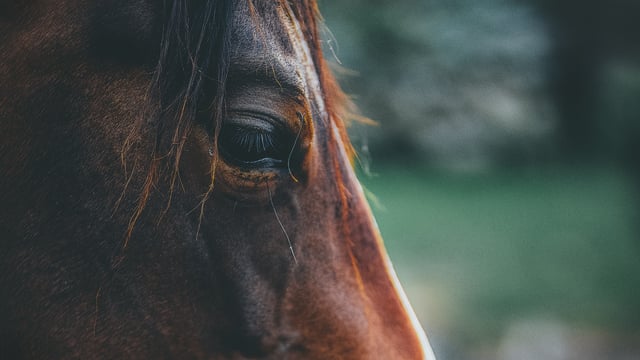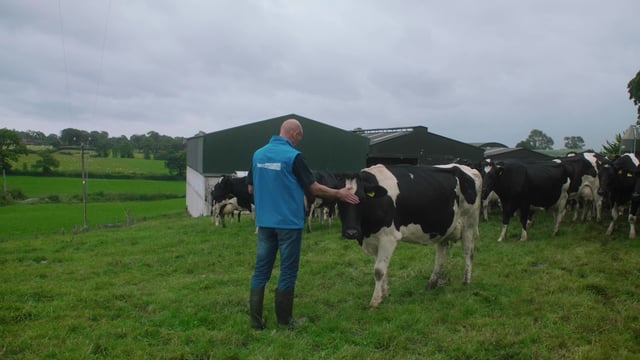Study: Red foxes pose low risk of spreading TB
The first study of M. bovis prevalence in red foxes in Ireland has proved that the species poses a low risk in spreading bovine tuberculosis (TB) to the cattle population.
The study published today (Thursday, March 20) in the Irish Veterinary Journal sampled a collection of tissues from 218 foxes in 24 counties.
A pooled sample of lymph nodes, lung and other tissues from each fox, was cultured for the presence of M. bovis, which causes TB.
While cattle are the primary hosts of M. bovis, the pathogen has a broad host range and several wildlife species may act as reservoirs of this bacterium.
Badgers have been identified as playing a role in the transmission of the disease in Ireland, while wild boar are a reservoir host in the Iberian Peninsula, and deer species are known to act as sources of infection for cattle, in localised areas of high density.
The study refers to past research which reports the infection of M. bovis in red foxes in Spain, the UK, Portugal, and France. The estimated prevalence in these studies varies from 3.17% in the UK to 26.9% in Portugal.
Possible modes of infection include feeding on infected wild animal carcases and close interaction with infected badgers, cattle or a contaminated environment.
Foxes are sampled on an annual basis by the Department of Agriculture, Food and the Marine (DAFM), as part of a surveillance programme to prove the absence of the zoonotic tapeworm Echinococcus multilocularis from the fox population.
Sampling of a subset of this fox group for mycobacterial culture was undertaken for this study to allow the prevalence of M. bovis infection in Irish foxes to be estimated.
However, the study points to previous research that shows M. bovis circulates in cattle, badgers and deer in Co. Wicklow, and that foxes may have access to deer tissue discarded by hunters, to disused badger setts or to badgers killed on roads.





